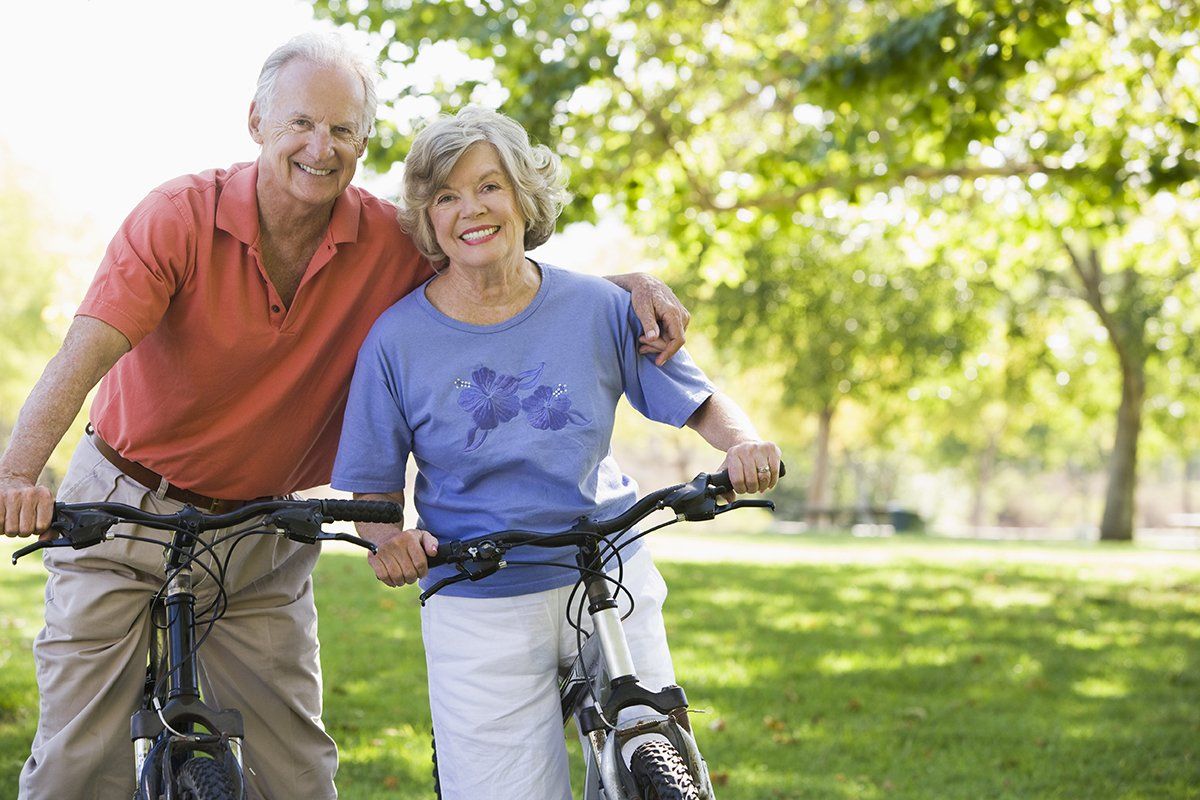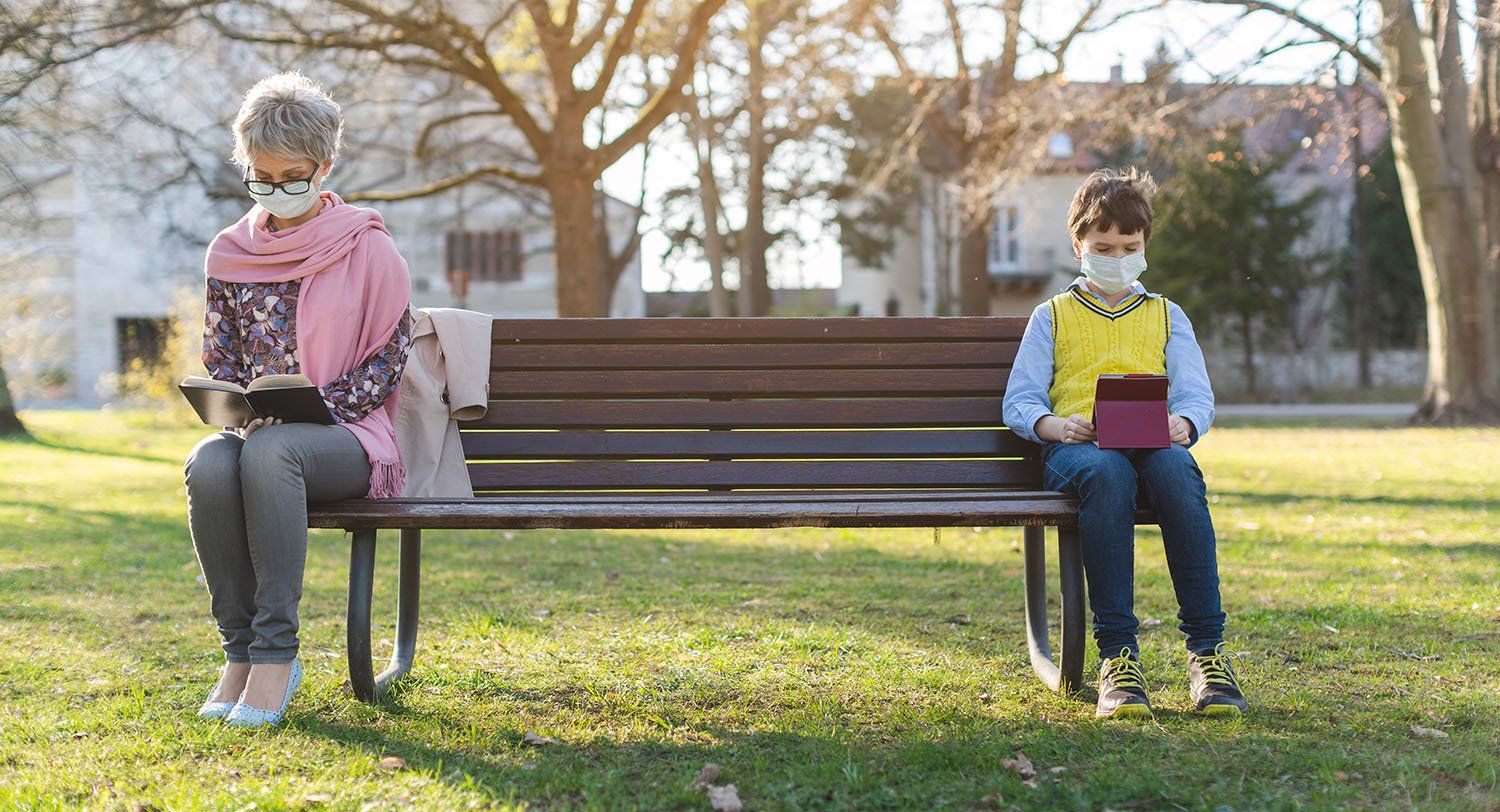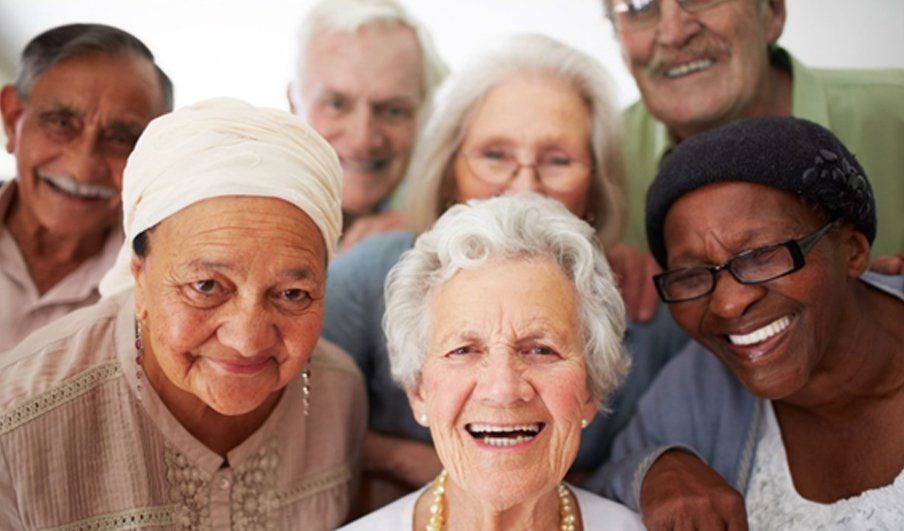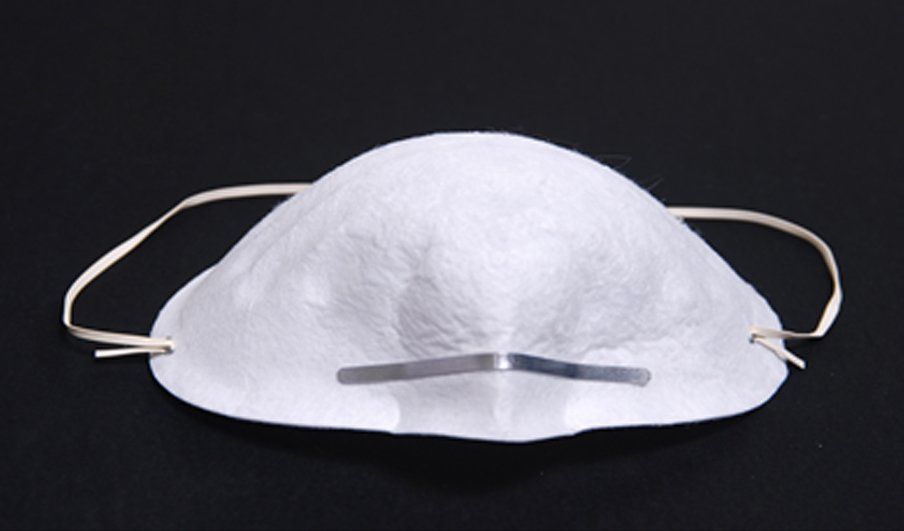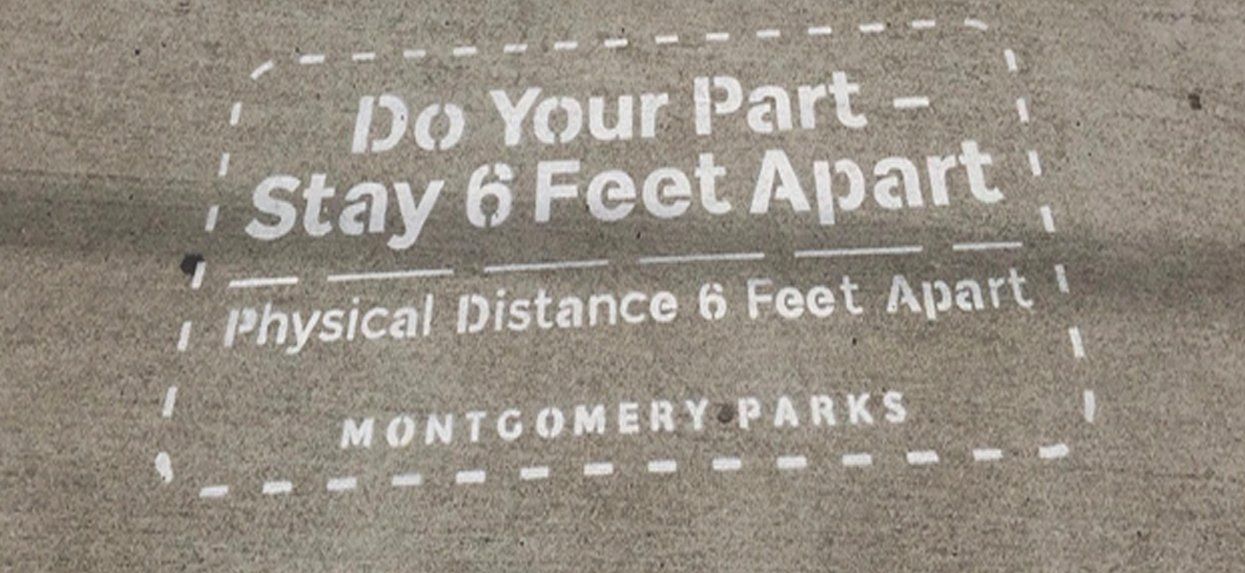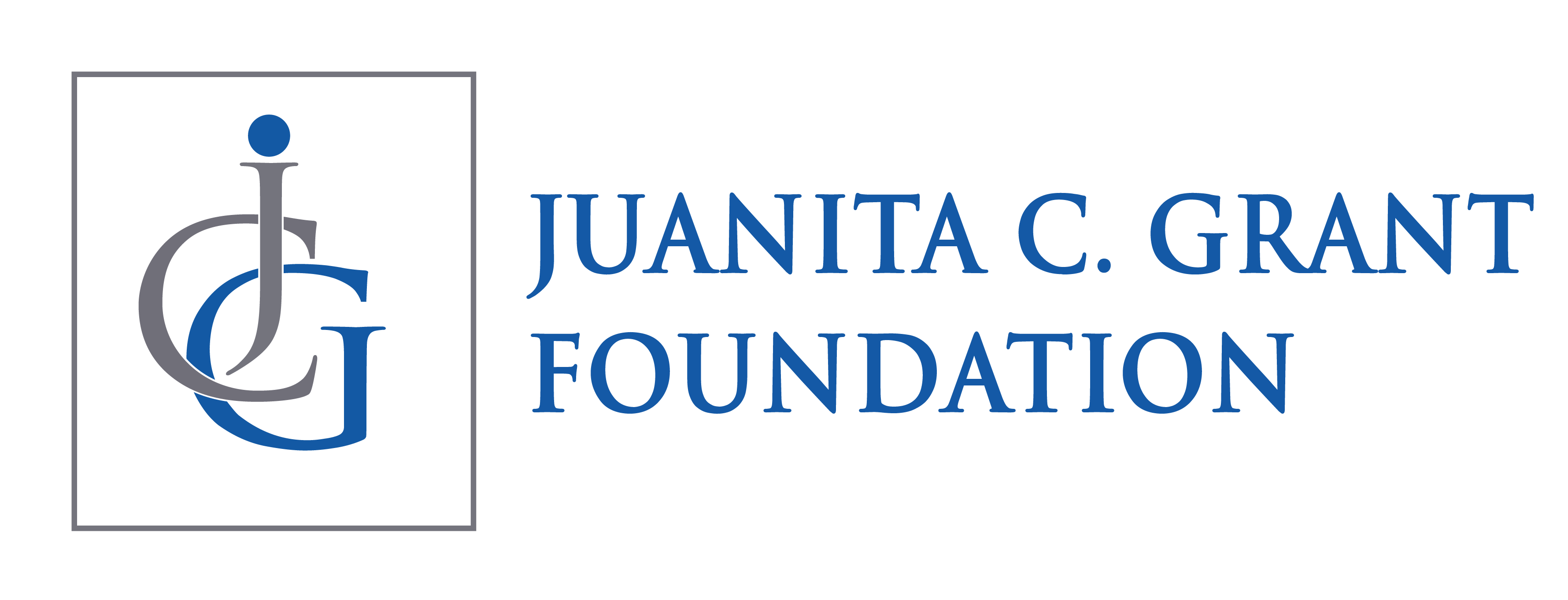Do I have to feel old while aging?
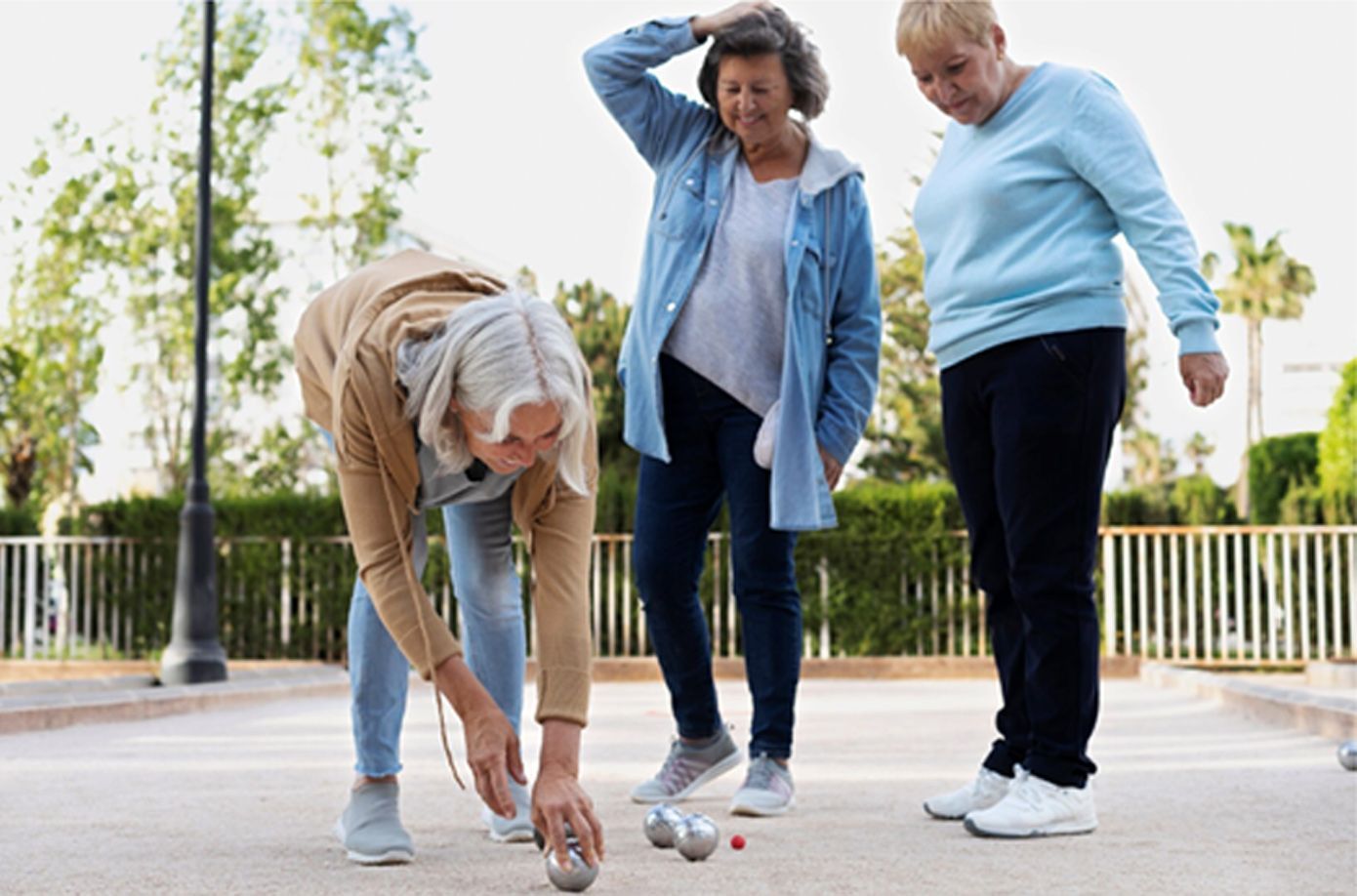
Aging factors-based research states feeling old depends on a person’s age, health, fitness level and lifestyle. How can you tell if you are aging well? I would think it involves taking a whole-body approach to care for your physical, mental, and social wellbeing. The perfect well-lived older adult would have freedom from disease and disability, have a high cognitive and physical function, and an active engagement with life. Let’s be realistic. It’s not the norm. Race, economics, social connectiveness, gender identity, health care, nutrition and where you live play a big part in how well we live.
Attainment of health equity, a fair and realistic opportunity to live well, is elusive to many. Too often, people don’t age well because they’re not upfront about what their needs are. They may have fears that no one has addressed, or they may be unaware of the resources and services available. Not letting others know when they feel loneliness and abuse, nor seeking support systems in their family and communities. These behaviors can take a toll on your physical and mental health. Intentionally prioritizing your own well-being can lead to better relationships with family, friends, heal your overall well-being, reduce anxiety, and make you happier and healthier. The pandemic continues to affect how we socialize, manage health care, and impose economic consequences on global poverty and inequality in communities. In America, according to the National Institute of Health, life expectancy in 2022 was 77.5 years and 2019 before COVID 78.8 years. Do we want longevity without good health, strong relationships, a safe environment, and economic stability? Taking care of yourself involves staying active, maintaining a healthy diet, and proactively managing your mental and physical health.
The government, national organizations, community organizations and aging advocates programs and services for older adult communities to live well can only be effective if you stay informed. Get involved, volunteer, seek a voice, and ask questions. Stay informed about local, state, and federal policies affecting older adults. Are you continuous in updating your knowledge on the challenges, services and resources available most affecting older adults’ communities? Health equity, a safe environment, seeking economic stability, practicing good physical fitness and finding creative outlets. In addition, creating balance in your life and disrupting elder abuse and fraud are the strengths that keep us safe and healthy in our communities. I will listen, practice and lead by example. In that scheme of things, I feel 50 instead of 77.
Lanita K. Brooks-Colbert
Board Chair, Juanita C. Grant Foundation
Must Read Newsletter
Sign up for news and events
Newsletter
Most Popular
